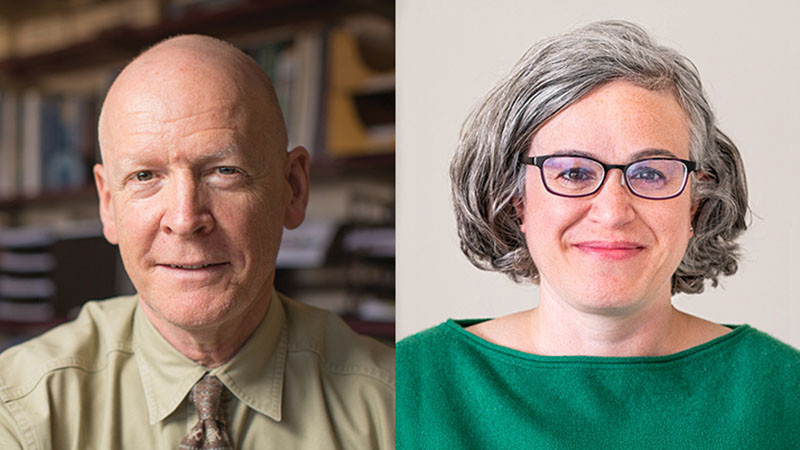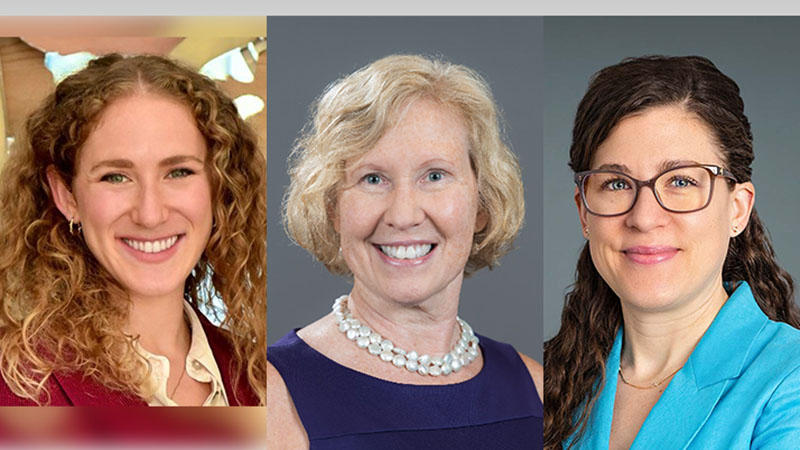
Returning from the American Geriatrics Society Annual Scientific Meeting, I am struck by the thought that the United States’ health care policy is functioning without a compass. We are at the beginning of a tremendous demographic change in this country, but are we adequately preparing US physicians to care for an aging population?
Most residency education in the US is funded through Medicare. Given Medicare’s charge is primarily to care for adults over 65, you would think that Medicare would emphasize training physicians to meet the needs of an aging population. Yet the statement that sticks with me from AGS is this: “10,000 new beneficiaries enroll in Medicare every day, yet we lose 5 geriatricians every week.” Astounding!
Moreover, the additional trends in geriatric education actually point to less support for training physicians to care for older adults. The Reynolds Foundation, which has been a tremendous supporter, is a foundation designed to spend down its assets and will soon no longer be a source for innovative grants to improve delivery of care to older adults. Likewise, the main grant for training geriatrics clinician educators, the Geriatric Academic Career Award, will not be funded by the Health Research Services Administration this year. How will we create the clinicians that we need for our future without support for the educators who will teach them?
My wife would remind me that when you are lost (and our health care policy is lost in this regard) it is time to stop and ask for directions. Of course the modern equivalent for directions is the GPS map. I propose it is time for a new GPS, this one inspired by the National Service Corps. We need a National Geriatrics and Palliative Service Corps. It can be our new compass to provide the US the health care workforce we need to care for older adults.
(Note: I include palliative care with geriatrics here recognizing the distinction between the two, but in the knowledge that most palliative care patients are in fact part of the Medicare population and that palliative care workforce suffers from the same issues as geriatrics. You need both geriatrics and palliative care together to make a GPS for health care policy.)
The National GPS Corps should consist of three elements:
- To promote geriatric or palliative care training, all residents who complete a geriatric or palliative care fellowship shall have half of their student loan burden relieved through federal debt forgiveness or payment to private lenders. Crushing student debt is a key factor driving trainees to higher paid specialties and this will make geriatric and palliative care training more feasible.
- To promote excellent geriatric and palliative care academicians, those who opt for a second year of additional academic or research training will have all subsequent student loans forgiven or paid.
- To promote clinicians practicing in geriatrics and palliative care rather than further specialty training and to allow for appropriate geographic distribution across the country, those who only complete one year of fellowship will be eligible for further debt forgiveness after completion of a three or five year clinical commitment in a designated geriatrics/palliative care service area.
In addition, we must create teachers who can train the workforce to meet our countries needs. As Congress works to create the National Geriatrics and Palliative Service Corps, the act should also fully fund both Geriatrics Academic Career Awards (GACAs) and Palliative Academic Career Awards (PACAs) to allow junior faculty to train to be master educators that lead educational efforts to reach all physicians in all specialties. The National Geriatrics and Palliative Service Corps will be an excellent complement to both the Geriatrics Education and Training Act and the Palliative Care and Hospice Education and Training Act or PCHETA (which must also pass and soon!)
With regards to geriatric and palliative care workforce, our health care policy is lost, but this is the GPS that can get us back on the path.
by: Paul Tatum
Disclaimer: This piece is the opinion of the author alone and does not represent the opinion of the American Geriatrics Society nor the American Academy of Hospice and Palliative Medicine.



